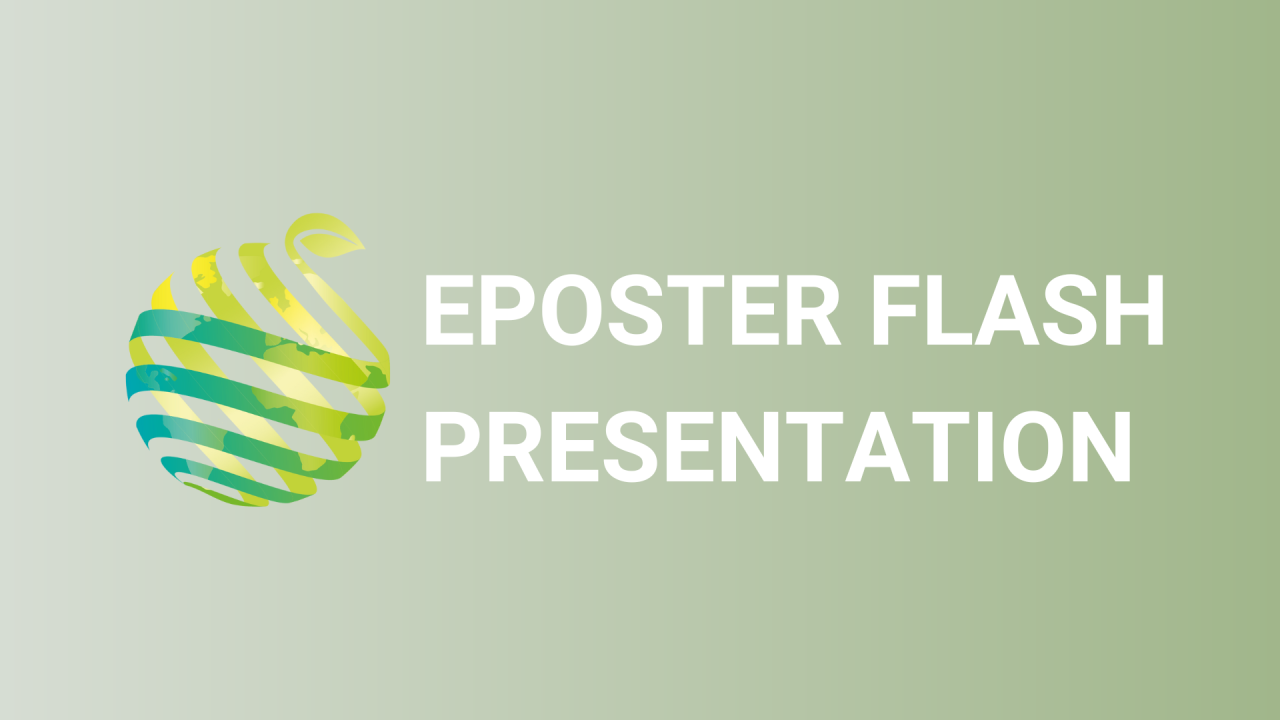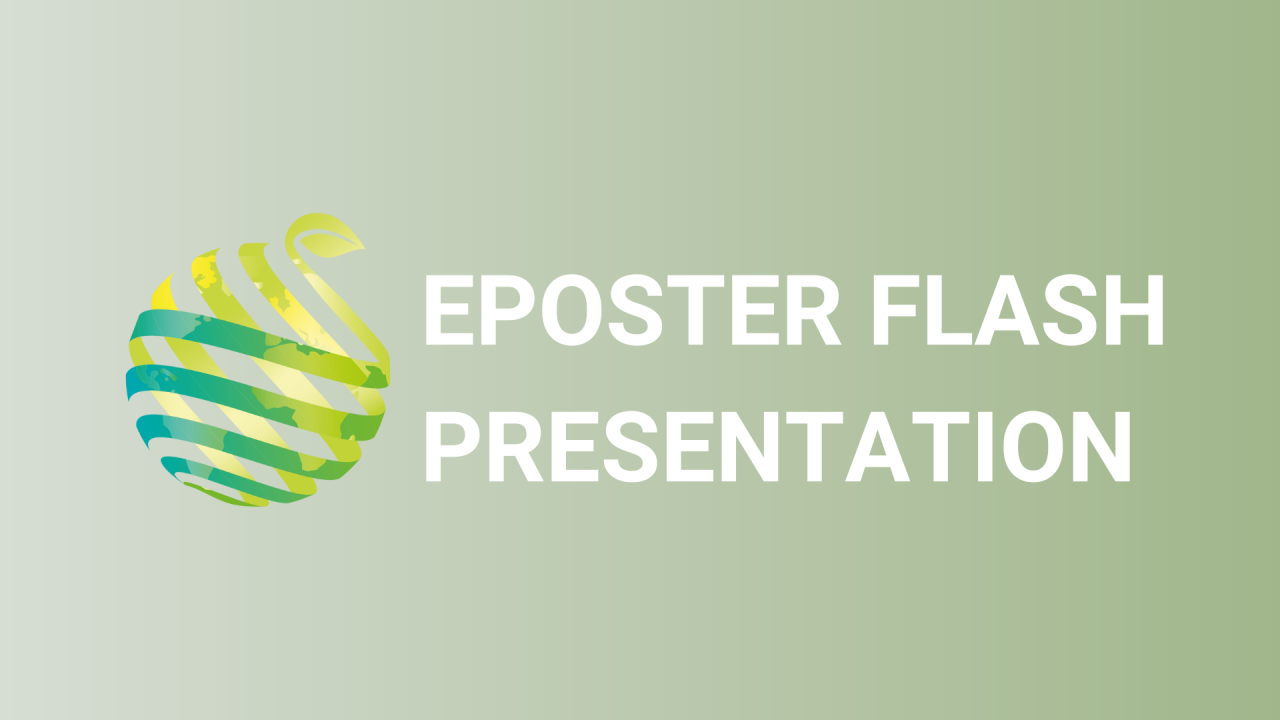

S20 - Session P2 - The effects of streptomycin, gibberellic acid and synthetic cytokinin forchlorfenuron treatments on seed size of muscadine grape
Information
Authors: Yutaro Osako, Tomohiro Kaite, Hisayo Yamane *, Takuya Morimoto, Akihiro Itai, Ryutaro Tao
The Muscadine grape ( Vitis rotundifolia Michx.) is native to the South-Eastern United States of America. Although it has not been commercially cultivated in Japan, muscadine grape berries have a unique taste and thus have a potential value to expand the table grape market in Japan. For Euvitis table grape ( V. vinifera, labrusca, labruscana ) production in Japan, due to the consumers' demand, seedless berry production became popular. In Japan, seedless grape berry production is achieved by using artificial application of gibberellic acid (GA3) and streptomycin (SM) on normal seeded cultivars such as 'Delaware'. Besides, synthetic cytokinin forchlorfenuron [N-(2-chloro-4-pyridyl)-N'-phenylurea, CPPU] treatment is often combined with GA3 or SM treatment, for enhancing berry set and growth of seedless berries. Although these chemicals have been practically used to produce seedless berries in Euvitis grape, little is known about the effects of these chemicals on muscadine grapes. The aim of this study was to test the effects of these chemicals on muscadine grape seed formation and development. We used three hermaphrodite cultivars, 'Carolos', 'Bountiful', and 'Doreen' in this study. In contrast to the well-known effects of GA on seedless berry set in Euvitis grape, GA3 treatments at 0 and 2 weeks before anthesis did not affect seed formation and development. On the other hand, SM treatment significantly reduced seed weight and CPPU treatment increased berry size and edible portion rate. We also found that SM treatment at 1 week before anthesis was more effective than treatment at 2 weeks before anthesis for producing berries with small seed size and the large edible portion rate. Histological observations of female reproductive organs suggested that SM treatment might not affect embryo development but inhibit the endosperm development, thereby causing the degeneration of the endosperm and embryo, which produce berries containing shriveled seeds.